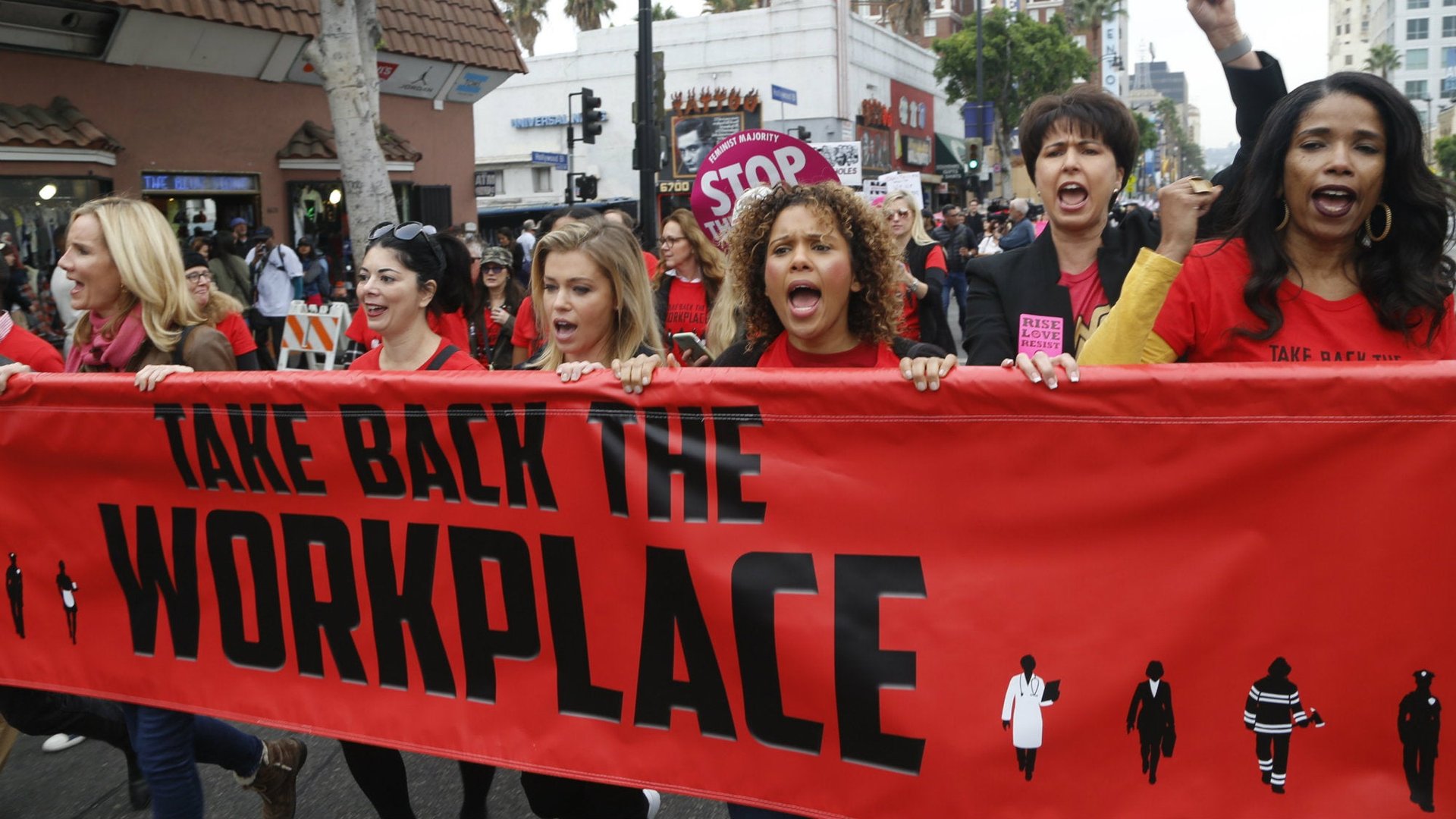The encouraging news about sexual harassment complaints in America
In 1998, a professor at the University of Texas at Arlington wrote a paper painting sexual harassment as being akin to a chronic health problem: a threat with multiple risk factors, warning signs, and an insidious ability to drain resources, morale, and productivity.


In 1998, a professor at the University of Texas at Arlington wrote a paper painting sexual harassment as being akin to a chronic health problem: a threat with multiple risk factors, warning signs, and an insidious ability to drain resources, morale, and productivity.
The professor, James Campbell Quick, identified harassment as a “continuing, chronic occupational health psychology problem” in the workplace, and closed the paper with a prescient warning: “Sexual harassment is costly, as all too many people know, in terms of financial expenditures and human suffering; so, pay now and prevent problems, or pay later for the distress that ensues.”
Quick and his UTA colleague M. Ann McFadyen recently conducted a follow-up review of harassment in the workplace, nearly 20 years after the publication of his earlier paper. They could not have known that its publication in the Journal of Occupational Health Psychology would coincide with a momentous shift in the public conversation on harassment.
While sexual harassment—clearly—has not gone away, they found that the prevalence of complaints had changed. The number of harassment complaints lodged with the US Equal Employment Opportunity Commission actually fell between 1997 and 2011, by 28.5%. The number of complaints settled in the victim’s favor rose from 18.8% to 26.1%.
The EEOC attributes the drop in complaints to increased awareness of the problem, and to anti-harassment training, McFadyen said. But “better” here doesn’t mean good enough. Corporate sexual harassment training may be more commonplace than it was 20 years ago, but most programs are still inadequate, according to the EEOC’s own findings. Training typically focuses on limiting liability, rather than truly changing the attitudes and power structures that make such abuses possible in the first place.
That said, even the halting, imperfect steps taken toward eradicating harassment in the last two decades resulted in a significant decrease in complaints. A thoughtful, informed restructuring of anti-harassment training programs—a goal worthy of the momentum #MeToo has generated—could push progress even farther along.